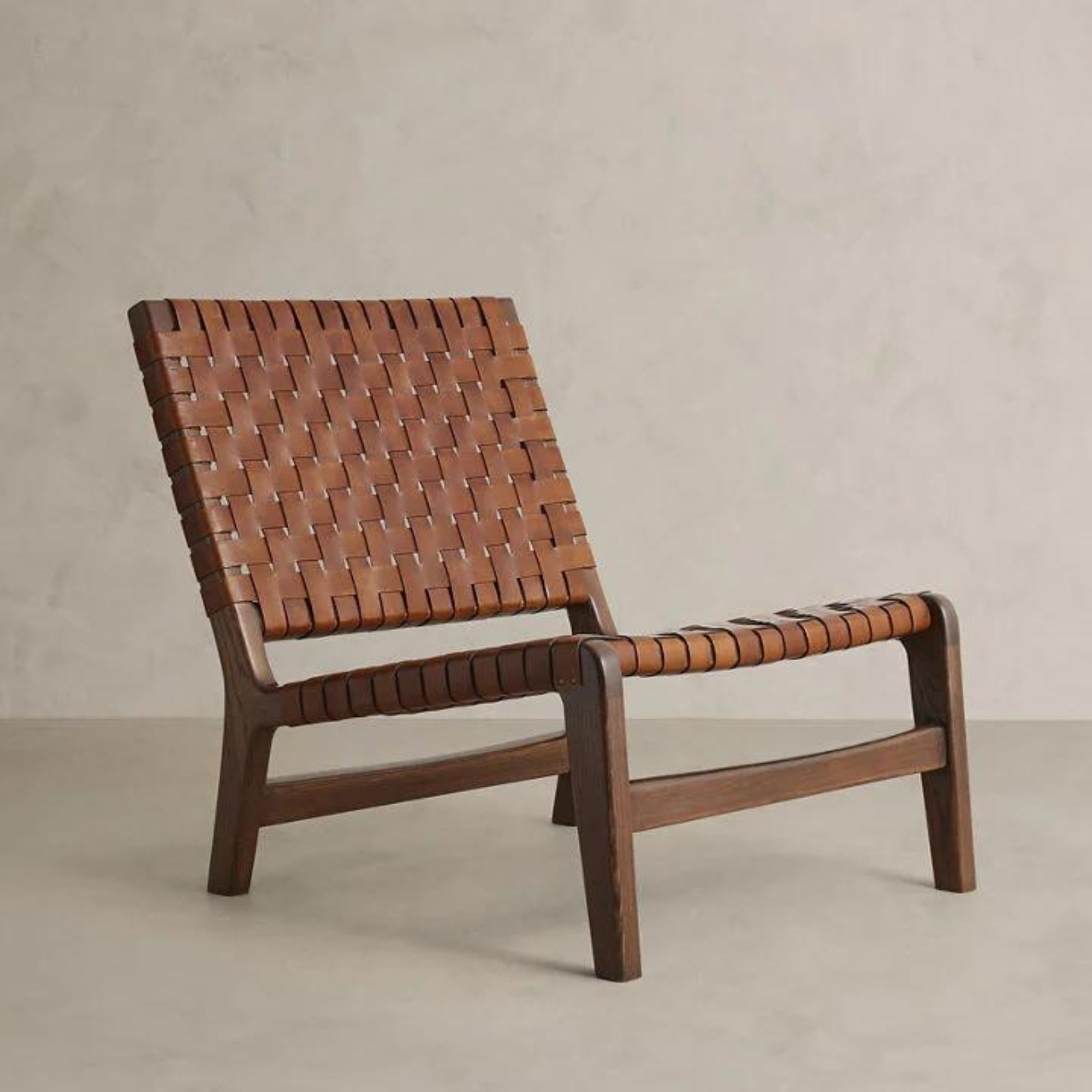5 lessons to learn from Scandinavian interior designers about creating soft, minimalist spaces
Regardless of your go-to style, there are a few lessons to take from Scandinavian interior designers to improve any scheme
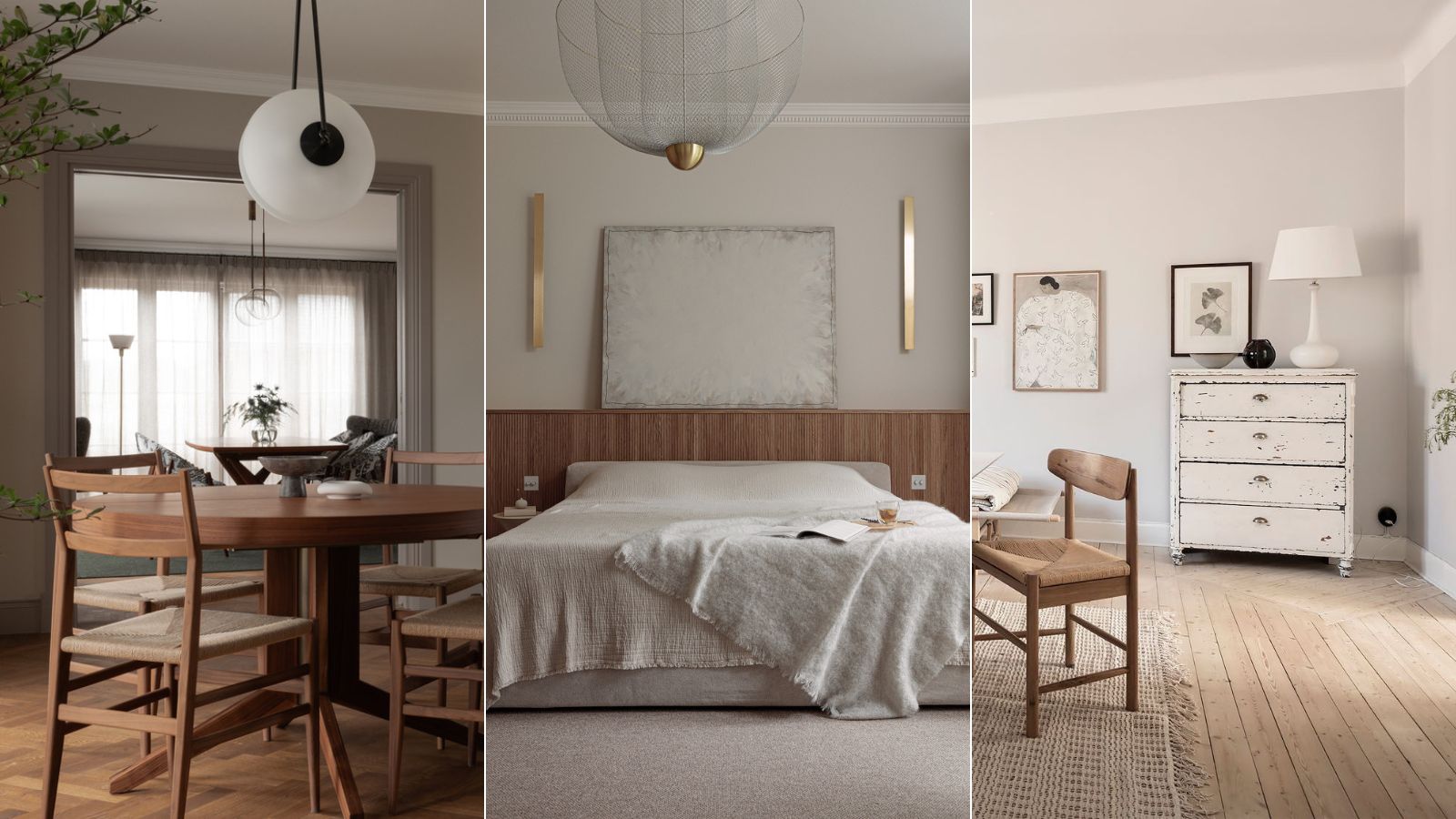
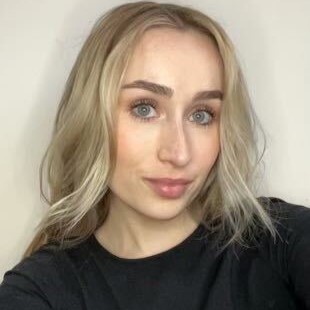
When you think of Scandinavian interior design, a clear design style and ideology come to mind. With a careful balance of visual appeal and ethical standards being core to this design style, it's no surprise several other trends take cues from Scandinavian spaces.
Scandinavian interior designers are at the heart of this design style – they are key to maintaining the Scandinavian interior design aesthetic people have grown to love while channeling a clear ethos around wellness and sustainability. As such, there are so many lessons we can learn from them about design.
From its routes in sustainable practices to the paired-back, clean lines the style is renowned for, we've asked Scandinavian interior designers what lessons we can learn from their design style.
5 lessons to learn from Scandinavian interior designers
Interior design is ever-evolving, and there are tips, tricks, and advice we can take from every design trend and interior style. But as Scandinavian interiors continue to endure, we share the main pointers you should consider, according to expert designers.
1. Bring as much of the natural world indoors
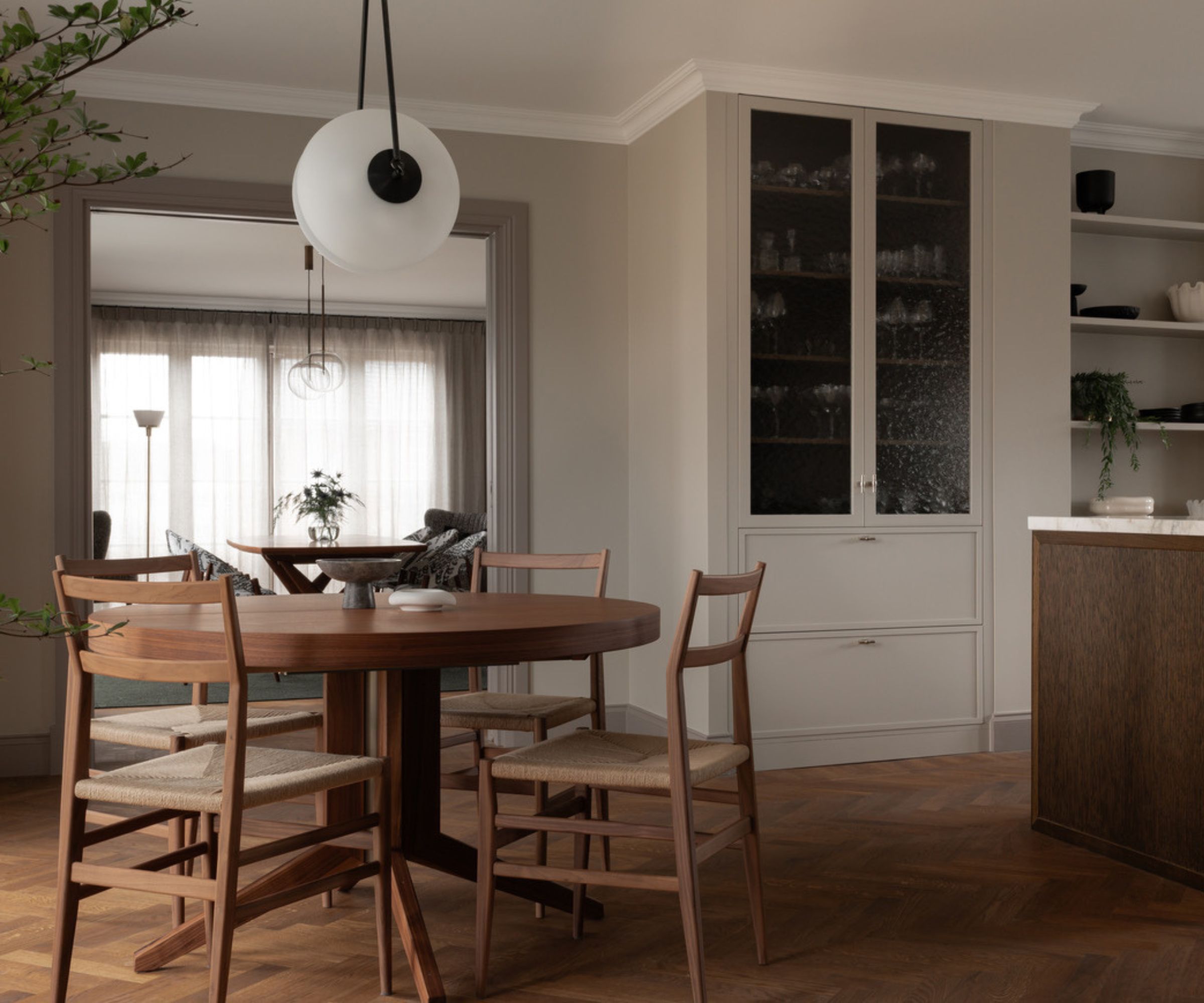
Scandinavian interiors are created using nature-inspired cures, from the natural materials and muted hues to the emphasis on infusing as much natural light into a space as possible.
'At its core Scandinavian design has always been concerned about materiality and quality, well-considered, simple lines that endure the "wear of your eye". We spend a lot of time considering how a room is lit, directly and indirectly, using wall sconces almost like art throughout a space,' explains Beatrice Wirsén, interior architect at Refine Design Studio.
'Since we spend so much time indoors we also talk a lot about the use of color and the tactility of the materials we work with. We like to combine natural materials, leather, stone, wood, linen, and metals – the more different materials we can combine the better,' she adds.
It's not just about the colors and textures – embracing the imperfections of nature should be carried through to your home. 'Aim to create a space that feels effortless to exist in; do not worry too much about having everything match, some dissonance in the space creates some ease that will make it feel lived in. Working around your favorite pieces will help create an interior that will last,' Beatrice advises.
2. Less is more
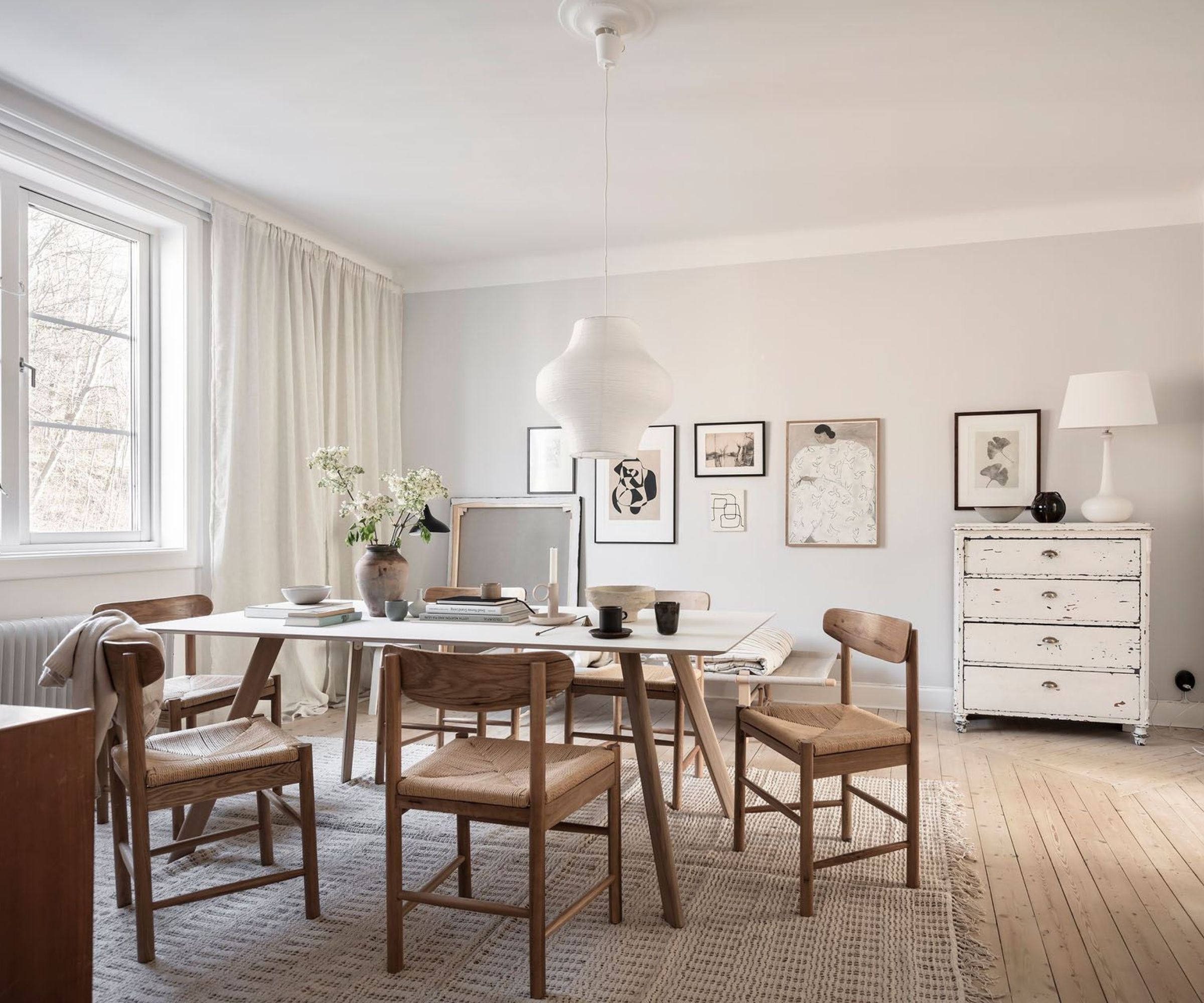
One of the most desirable traits of Scandinavian design is it's simplicity. This style in unfussy and uncomplicated, and as Emma Fischer, of Emma Hos, explains, it has 'an overall feeling of simplicity, functionality, and warmth.'
This approach to design and living might be core to Scandinavian interior design, but there's something here that can be channeled into every design style. It's not just about maintaining an uncluttered space, but also keeping forms, finishes, and decor simple and understated for a calming and serene space.
'Less is more in terms of choosing what to go for, both when it comes to furniture, color and decoration. Pick furniture that is the right size for the space where it’s intended to be used. The color scheme, textiles, and decoration should work tone on tone to create a harmonious interior that feels calm and elaborated throughout,' says Emma.
3. Decorate with timeless pieces
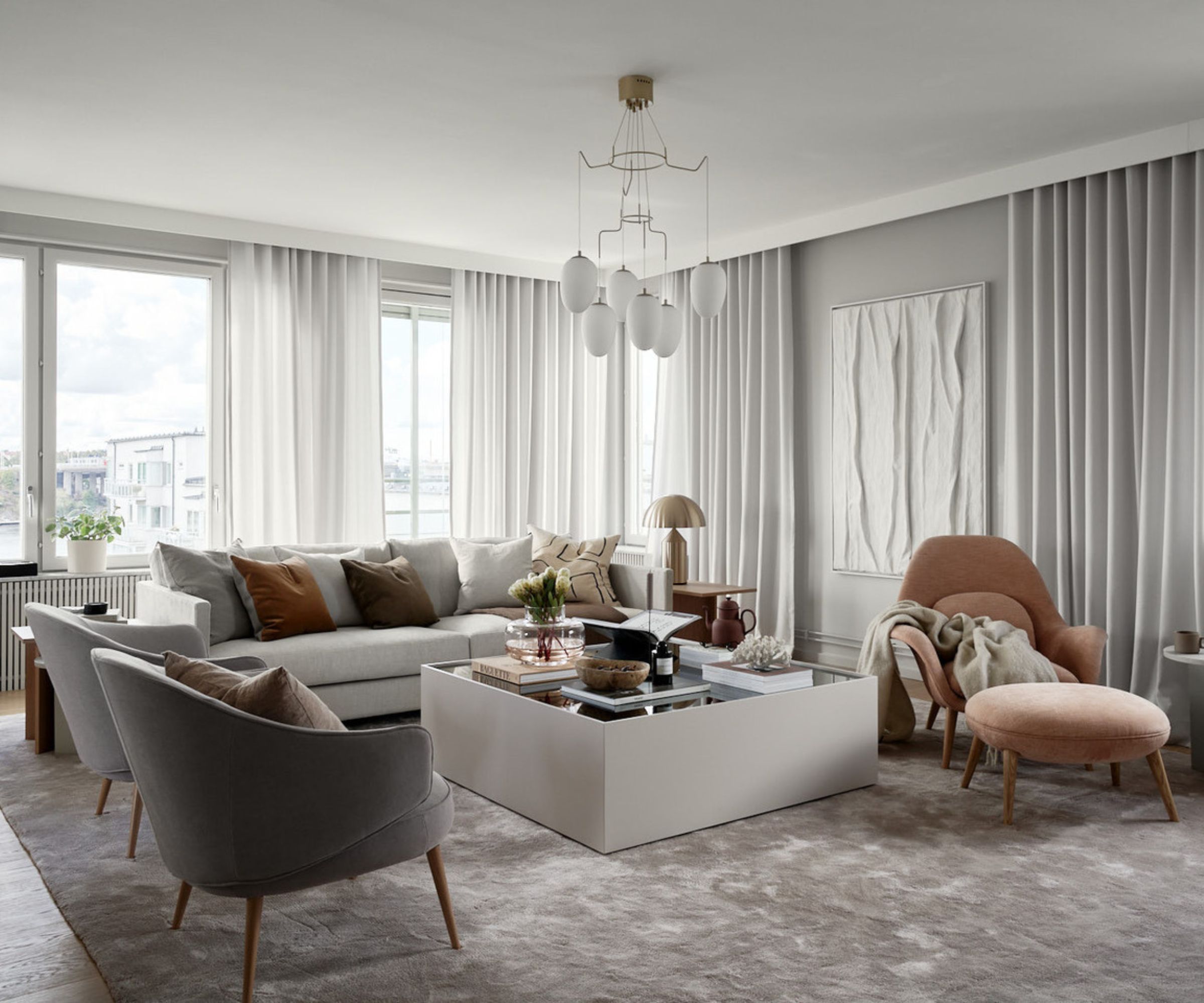
Every element of Scandinavian design focuses on longevity, from the materials used to the classic color palette. As such, the furniture incorporated in Scandinavian designs often feel truly timeless, something that can be introduced into any home.
'Go for timeless furniture that stands the test of time. Many of the popular pieces today were designed as early as the 1950s and are still as beautiful and functional as they were back then,' says Emma.
Whether it's a well-made wooden dining table, a robust bookshelf, or a high-quality, durable sofa, opting for something timeless in style that's made to last ticks both the sustainability box and ensured your furniture will endure trends and wear.
4. Cohesion is key
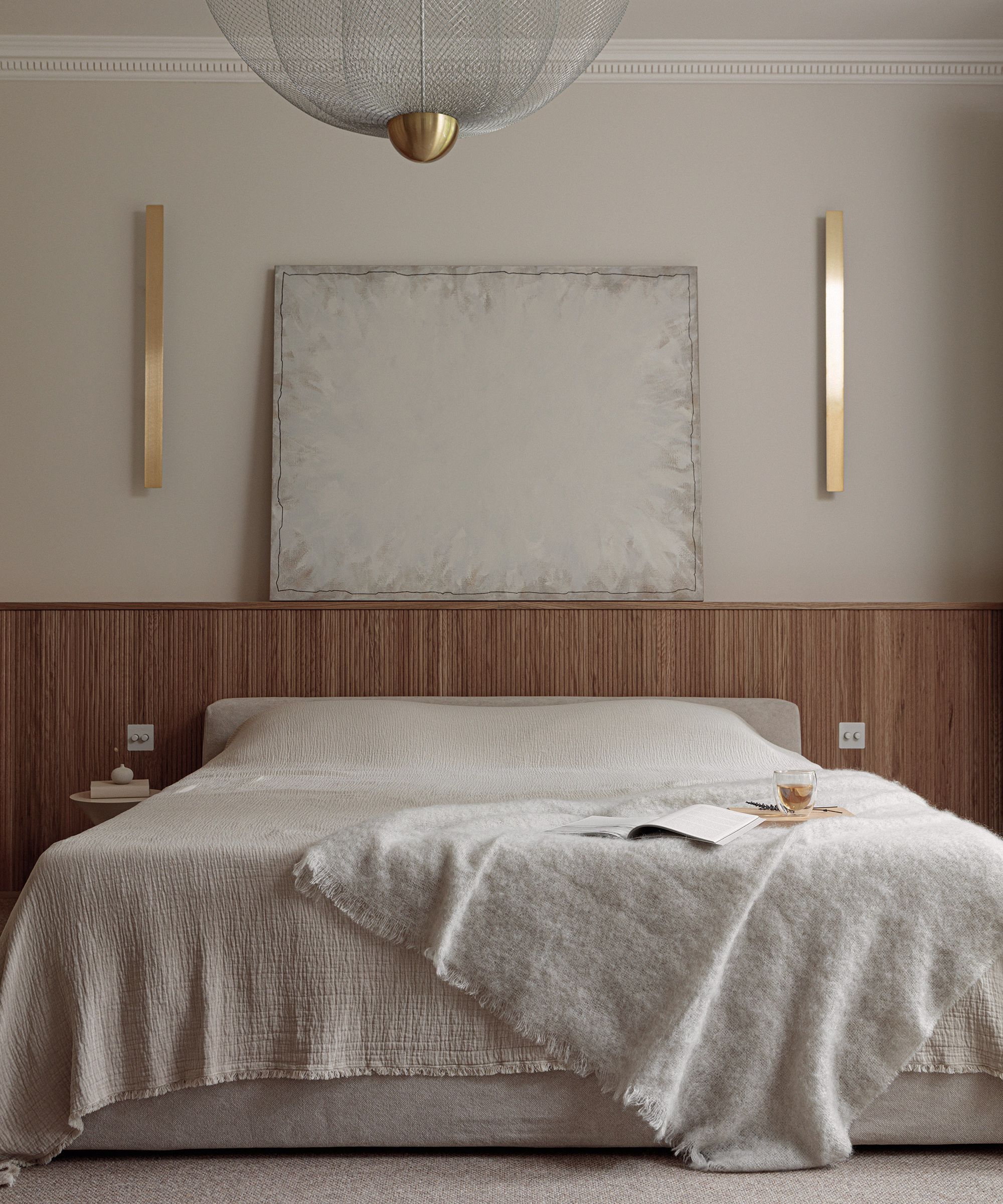
While Scandinavian interior designers advise avoiding a design that feels too matchy-matchy, it's important to still maintain a sense of cohesion throughout your space. This can be done through the color scheme of your whole home, materials, or consistency in textural interest.
'Scandinavian design is characterized by its light and warm features, aiming to create a cozy and comfortable yet contemporary atmosphere. It often incorporates natural materials such as wood and stone, creating a welcoming and inviting ambiance,' explains Kashi Shikunova, director of YAM Studios.
'It's crucial to maintain simplicity and cohesion in Scandinavian design. Avoid incorporating too many ideas as it can disrupt the balance and make the space feel overly busy. Remember, less is more, and knowing when to stop is key to achieving the perfect Scandinavian design,' she says.
5. Layers and textures are crucial to a cozy space
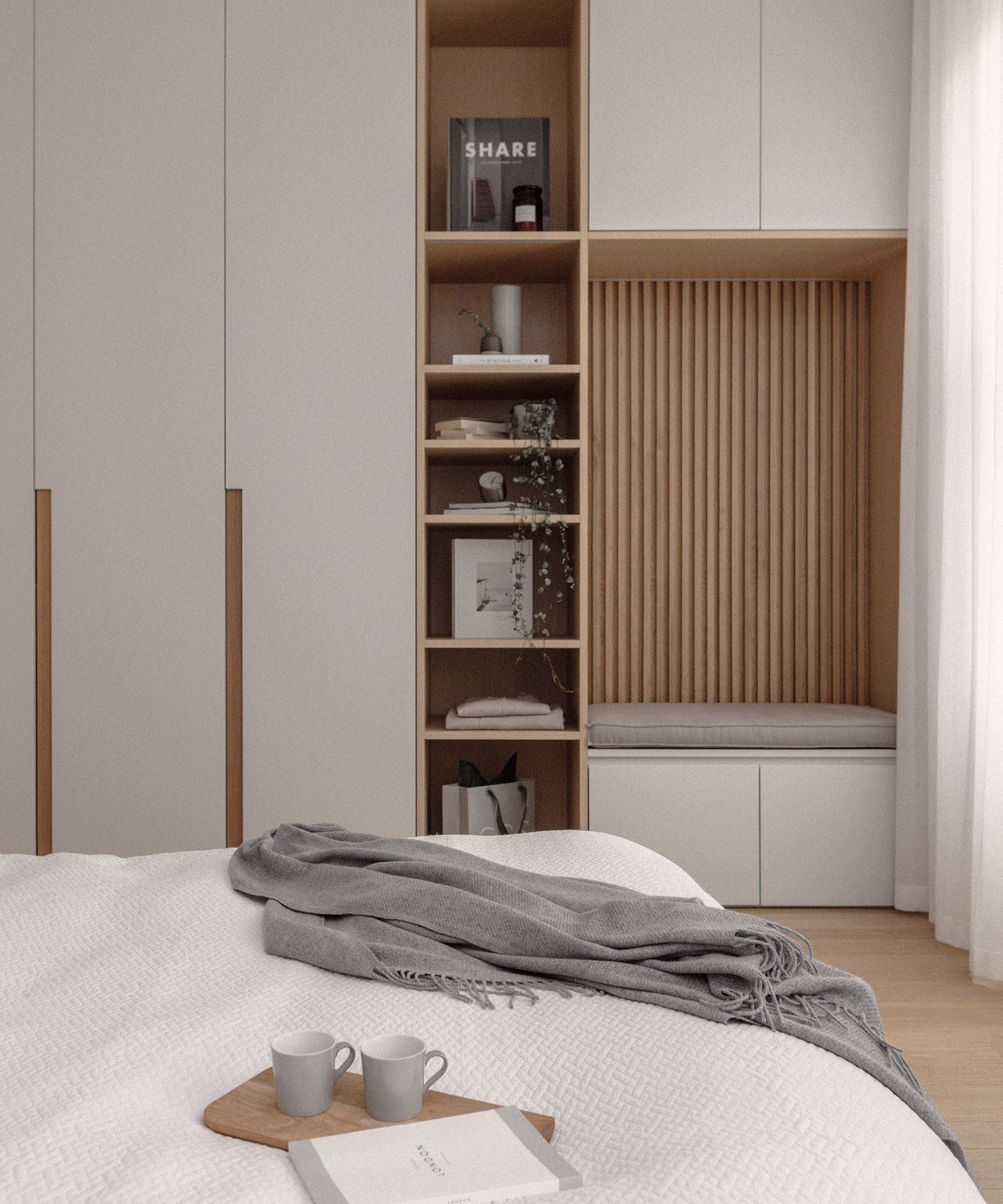
When decorating with neutrals and natural materials, decor is key to ensuring a scheme has warmth and dimension. One of the easiest ways Scandinavian interior designers do this is by introducing layers and textural interest, especially in rooms that benefit from a cozier atmosphere.
'When designing Scandinavian spaces, I prioritize achieving a beautiful balance of warmth and texture to create depth and a welcoming atmosphere. While the material palette remains restrained, the layering of textures plays a crucial role in establishing a cozy and comfortable feel. Utilizing matt finishes and natural fabrics is essential for adding calmness and softness to the overall scheme,' explains Kashi.
In Scandinavian living room or bedroom, soft furnishings can really be utilized for this – think throw pillows and blankets in varying patterns and textures, while in a Scandinavian kitchen, it's all about using different finishes and design elements such as wood paneling.
The lessons to learn from Scandinavian interior designers all seem to have a similar theme. It's about clean lines, timeless furniture, and simplifying the way we approach interiors. This doesn't mean everyone should pivot towards Scandinavian interiors, rather taking cues from its ethos and infusing them into other aesthetics. There is always a place for classic furniture, natural influences, and interesting textural elements to make our homes feel cozy, functional, and sympathetic to nature.
Sign up to the Homes & Gardens newsletter
Design expertise in your inbox – from inspiring decorating ideas and beautiful celebrity homes to practical gardening advice and shopping round-ups.

I’ve worked in the interiors magazine industry for the past five years and joined Homes & Gardens at the beginning of 2024 as the Kitchens & Bathrooms editor. While I love every part of interior design, kitchens and bathrooms are some of the most exciting to design, conceptualize, and write about. There are so many trends, materials, colors, and playful decor elements to explore and experiment with.
-
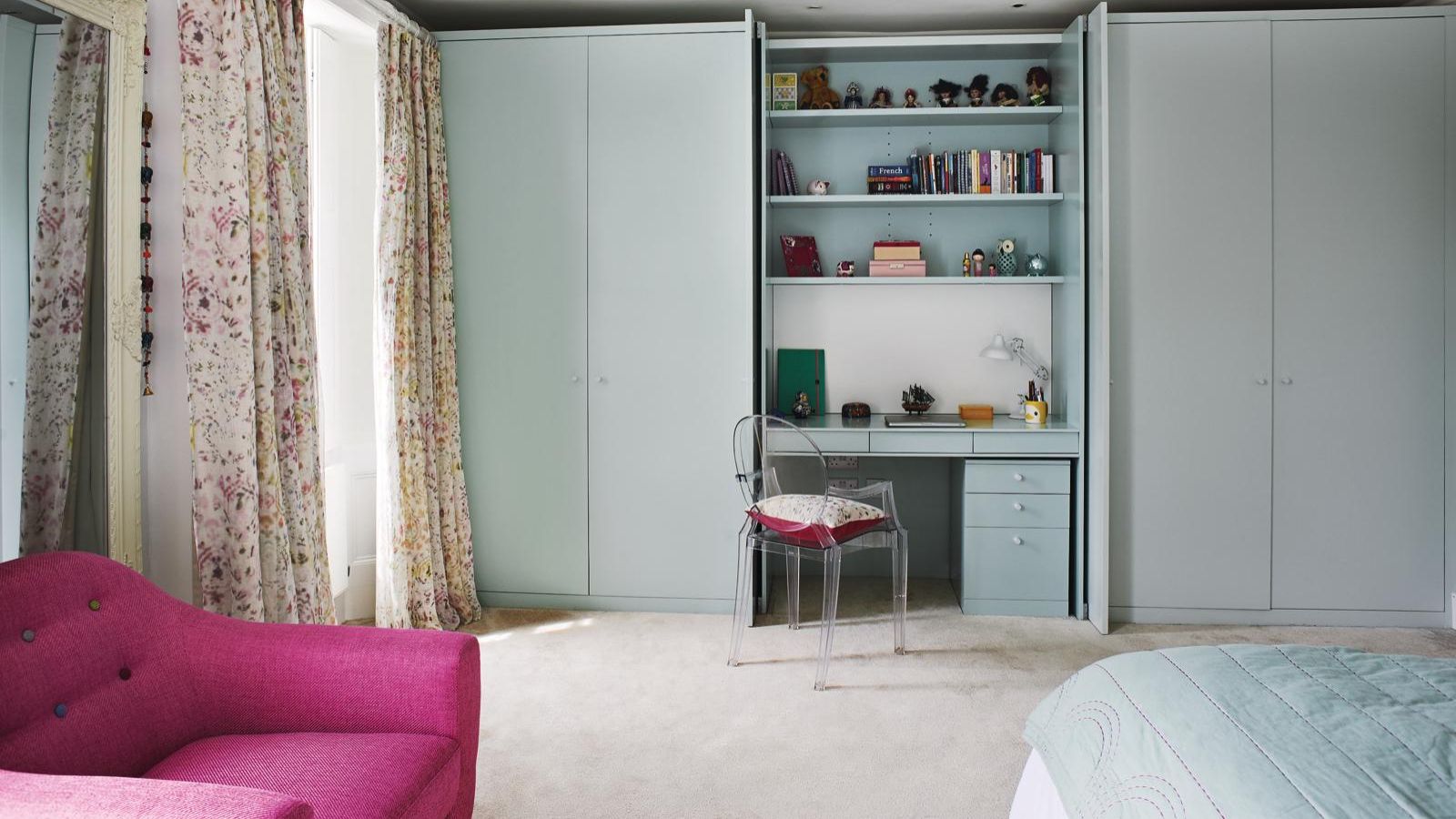 I always get my small space storage from Wayfair – and these discounted $35 stackable Martha Stewart storage boxes are the perfect fix for my tiny vanity
I always get my small space storage from Wayfair – and these discounted $35 stackable Martha Stewart storage boxes are the perfect fix for my tiny vanityI'm going vertical for tiny space storage success with this Early Way Day 2025 bargain
By Punteha van Terheyden
-
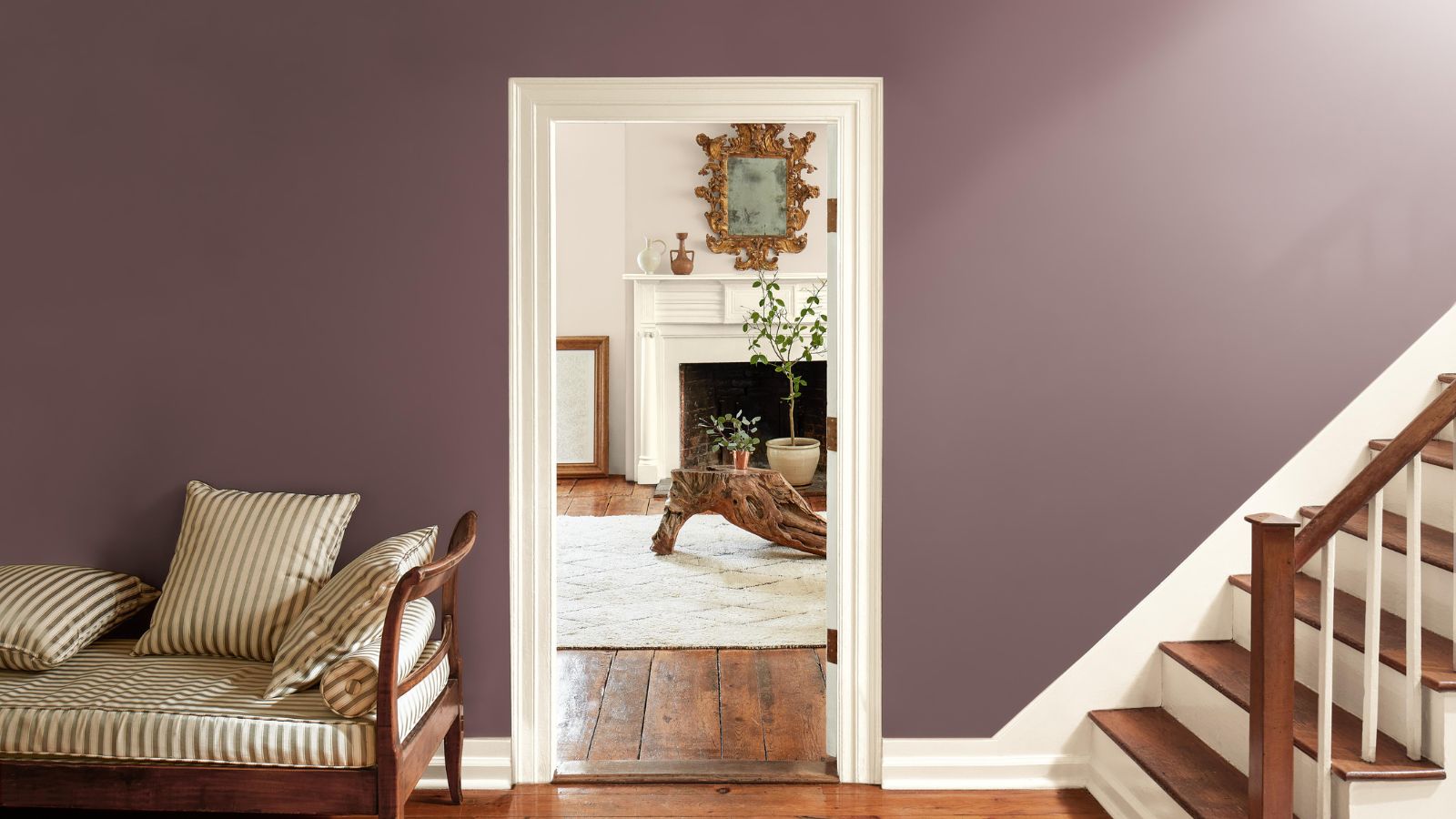 These are the colors that just don't work with purple – 4 shades to sheer clear of if you want to bring this on trend color into your home
These are the colors that just don't work with purple – 4 shades to sheer clear of if you want to bring this on trend color into your homeWhy some colors sabotage purple, and how to get it right every time.
By Sophia Pouget de St Victor
